Should you be 'lessting'? If you find decluttering nostalgic items hard, experts say to focus on 'memories more than mementos'
Learn the art of letting go, and embrace what's the most important
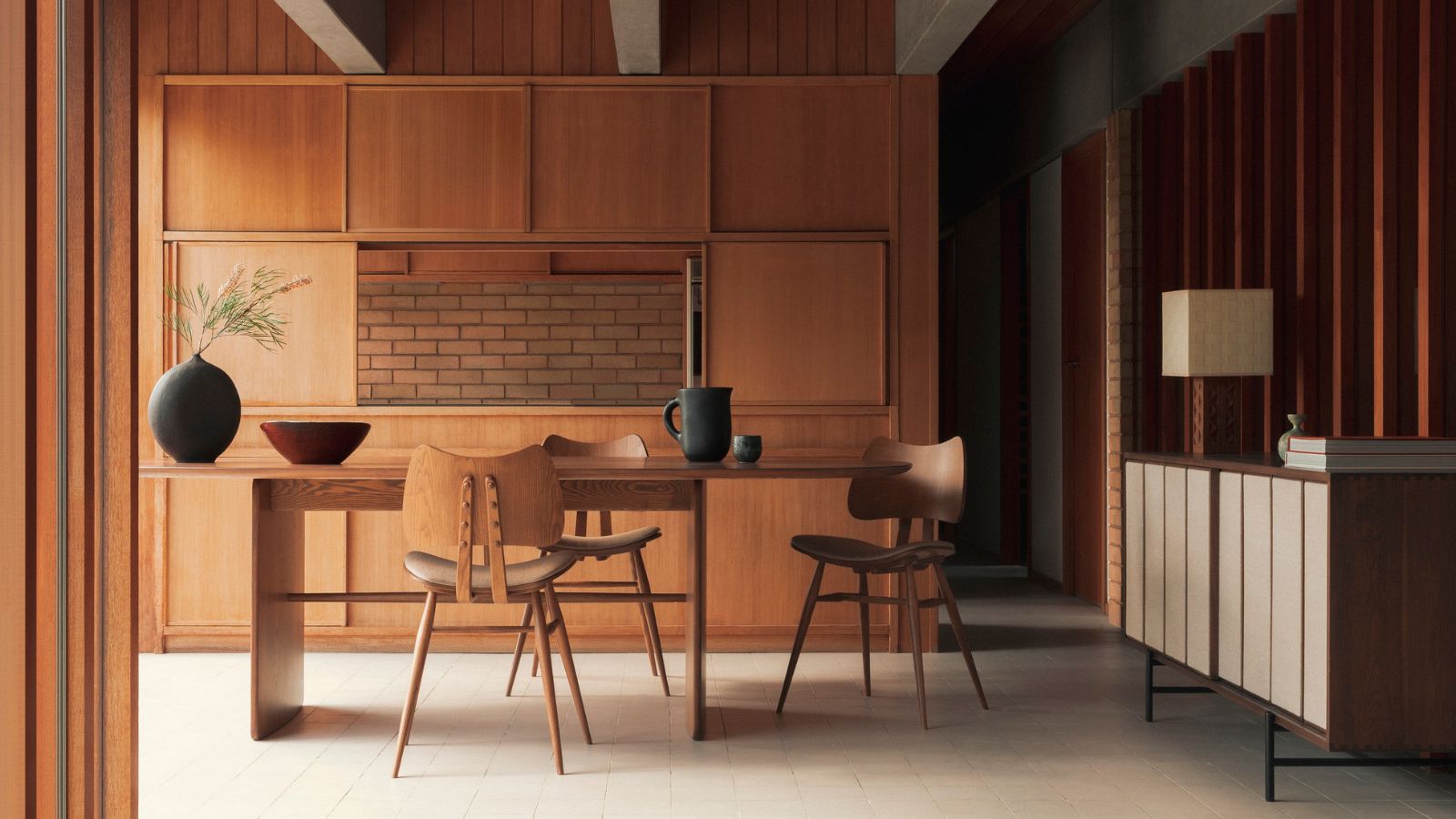

You may be familiar with the term nesting, but have you heard of lessting? It's the latest lifestyle trend that's all about making space in your home.
In fact, a recent study reveals 55% of 45-60 year olds are actively decluttering their homes, making changes to simplify their lives. However, for 42%, nostalgia makes it a bittersweet and emotional process – often stalling progress or bringing it to a halt altogether.
Here, professional organizers share their top decluttering tips for living with less, and learning to let go.
What is 'lessting?'
Tracy McCubbin, founder and CEO of dClutterfly, and professional organizer for over 20 years, explains, 'Lessting is a rising trend for those who desire to live more simply as they get older. It's the desire to live with less, and create more space in the home.' And, importantly, as Tracy says, the term can apply to all ages.
The study, conducted by Dr. Beckmann also found for 56% of people surveyed, the process of decluttering is crucial to feeling more organized and in control.
To Cara Palmer, home organization expert and founder of Organize Every Room says, the rise of lessting marks a seismic shift in how people, particularly Gen X, view their possessions.
'It's not about having a Pinterest-perfect home,' Cara explains. 'It's about creating a lighter, freer future, where memories matter more than mementos.'
Why is lessting different to normal decluttering?
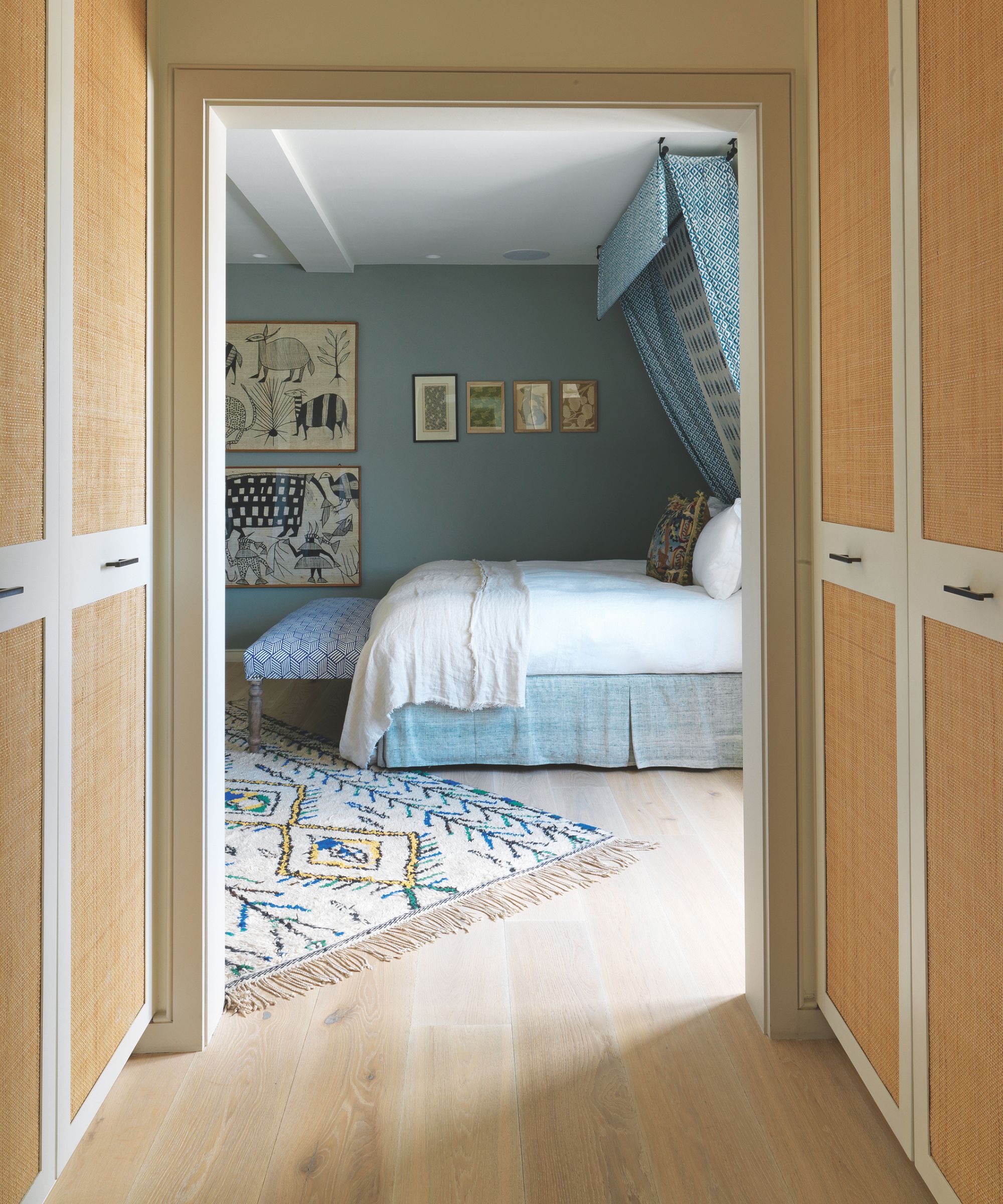
So, if lessting is about letting go of items, how is it different from normal decluttering methods?
Ben Soreff, professional organizer at House to Home Organizing, says, 'Lessting is basically a philosophy.'
It draws on the crucial aim of decluttering, which is to lighten your home's load for your benefits now, and in the future.
For this reason, lessting is as much a mindset shift that helps prevent clutter as it is an action or way of decluttering. While physical things become less important later in life, experiences and connections with friends and loved ones will always remain special. Focusing on this will help declutter hard-to-let-go of items.
Dilly Carter, founder of Declutter Dollies, and the professional organizer on the NTA and BAFTA-nominated UK BBC One show Sort Your Life Out, says, 'Gen X is facing a unique crossroads, looking ahead to a simpler future while honoring the memories tied to their possessions.'
Therefore, this shift in mindset not only helps to break the stages of clutter, but stops piles and piles of unnecessary possessions returning for good.
Who might benefit from lessting, or find it hard?
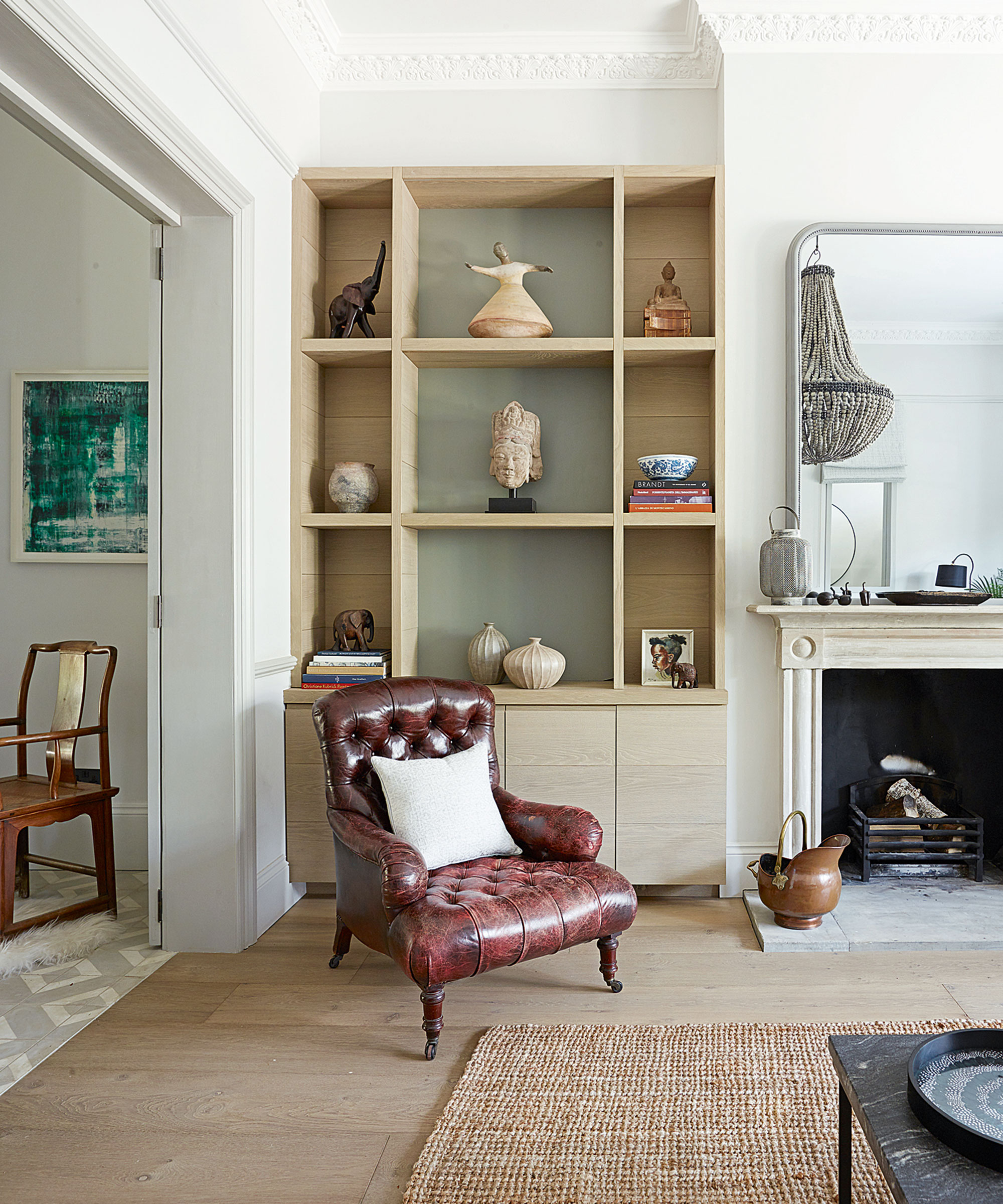
As with most things in life, the same people who can benefit from lessting are also likely to find it the hardest, with the main hold-back being decluttering sentimental items.
Accordingly, 24% of those surveyed by Dr. Beckmann admitted they struggle to let go of family heirlooms and meaningful gifts, with financial reasons also playing a significant role. But, as one third of people believe living with less brings happiness, and that a tidy and clean house can make you happier, it's all about breaking down these barriers and learning to let go.
'We need so very little, yet we all have so much,' says professional organizer Tracy. 'To face a lifetime of accumulation is literally taking inventory of your life. Places you have traveled, jobs you used to have, people you have loved and lost.
'So, when you start lessting, you are confronted with all of it. I advise people to embrace the process, and see it as a chance to reflect. Do you want to spend your life burdened by stuff (or the going through of stuff) or do you want to reconnect with old friends, travel, or start new hobbies.
'The possibilities are endless,' she adds, and your hard work will be rewarded tenfold with the benefits of a tidy home. Just take note not to chuck out the most important items, as you may end up feeling you've taken minimalism too far and have decluttering regret.
How to start lessting
1. Block time off in your calendar
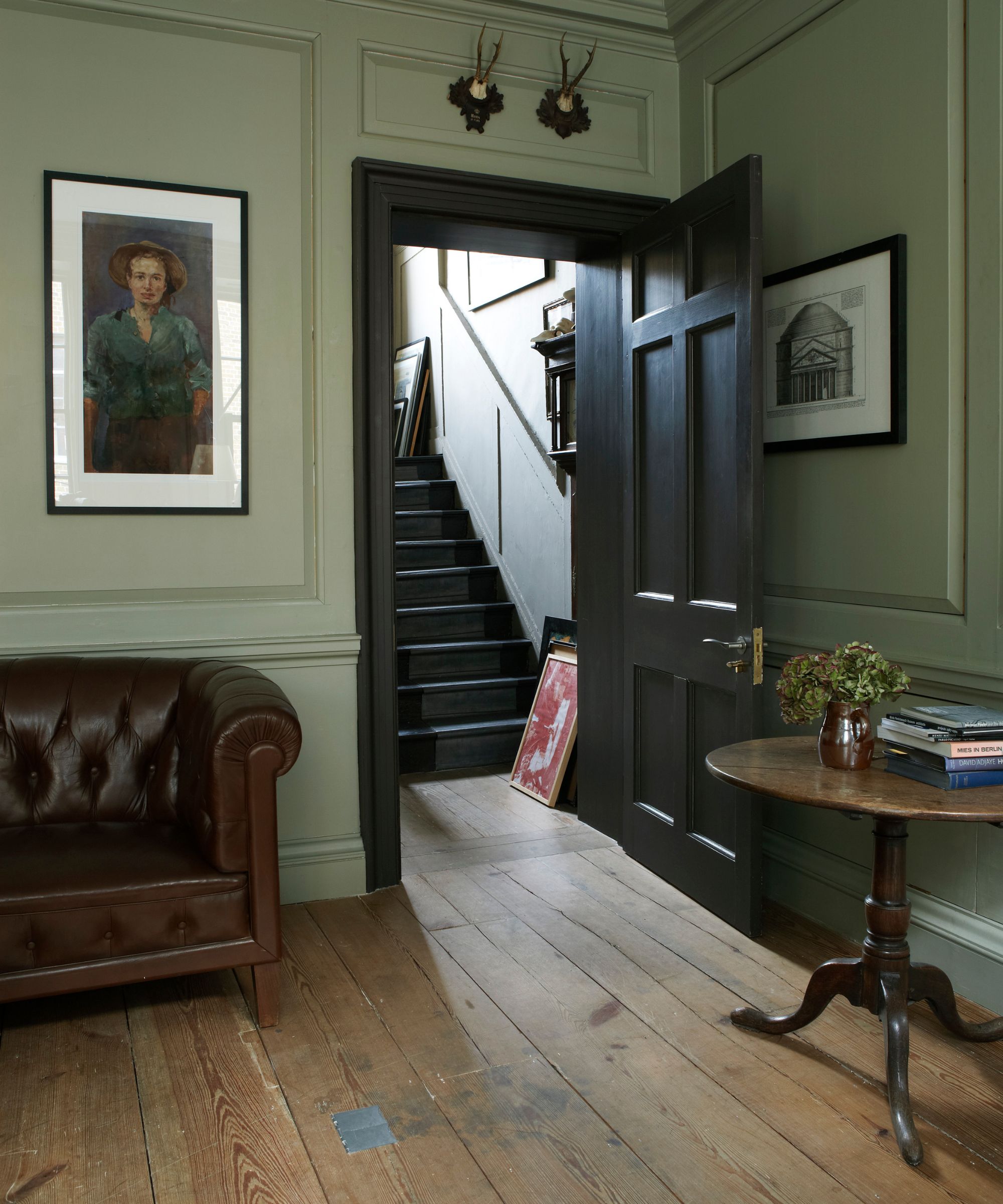
Like any decluttering session, making a plan is the key to success, recommends professional organizer Tracy. 'Start by blocking off the time in your calendar,' she advises. 'Very few people wake up in the morning and think, "today is a great way to declutter," so by adding decluttering sessions to your calendar, you've made a day with yourself to actually start the process.'
You might also want to invest in a wall calendar specifically to keep track of your progress, which is one of the decluttering golden rules, such as the number one bestselling BHR Wall Calendar available at Amazon.
Then, get honest with yourself. 'Do you need some help? That can be physical or emotional,' says Tracy.
'Lessting isn't easy, so having some emotional support will make it a lot easier. An extra set of hands, a little bit of muscle, or even a shoulder you can cry on. Ask a friend, or consider working with a professional home organizer.'
As Tracy highlights, oftentimes working with someone who is some distance from your stuff brings a detachment that makes the process easier, and it should help you to be more ruthless when decluttering, too.
If you are living alone or don't have people on hand to help, consider body doubling when tackling tough tasks.
All prices correct at time of publication.

This plain and sleek wall calendar will make it easy to keep track of your decluttering goals, made of premium-grade paper for easy page turning.
2. Start where you feel most comfortable
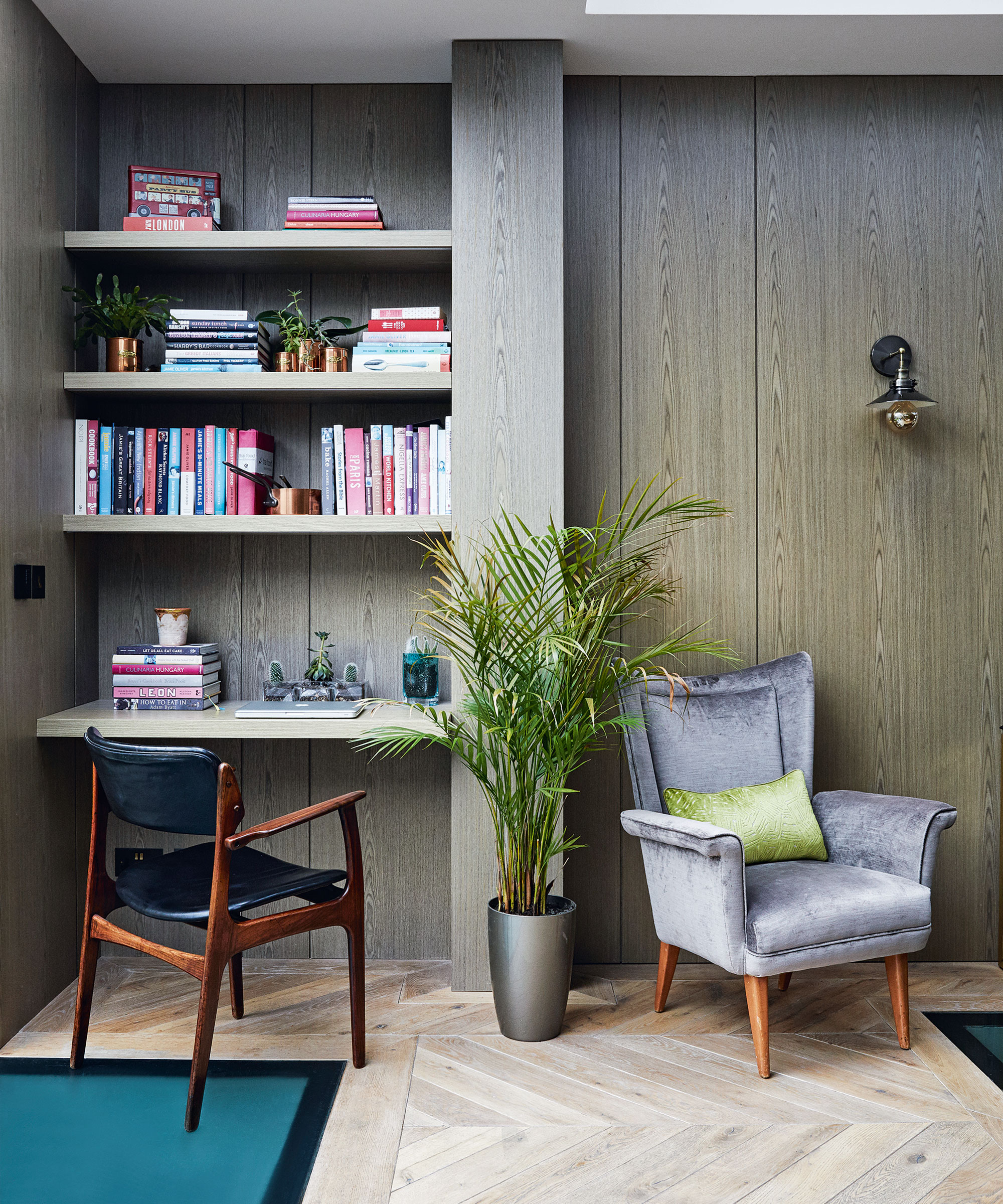
If you've noticed some signs it's time to declutter your home, professional organizer Dilly recommends beginning with the areas that are troubling you the most, or the space you feel most ready to tackle. This will help you to declutter your home when you feel overwhelmed.
'If the thought of a big project overwhelms you, start small and work your way up,' she says. 'Even a single cupboard can make a difference. The key is taking those first (and sometimes scary) steps.'
3. Pay attention to your emotional response
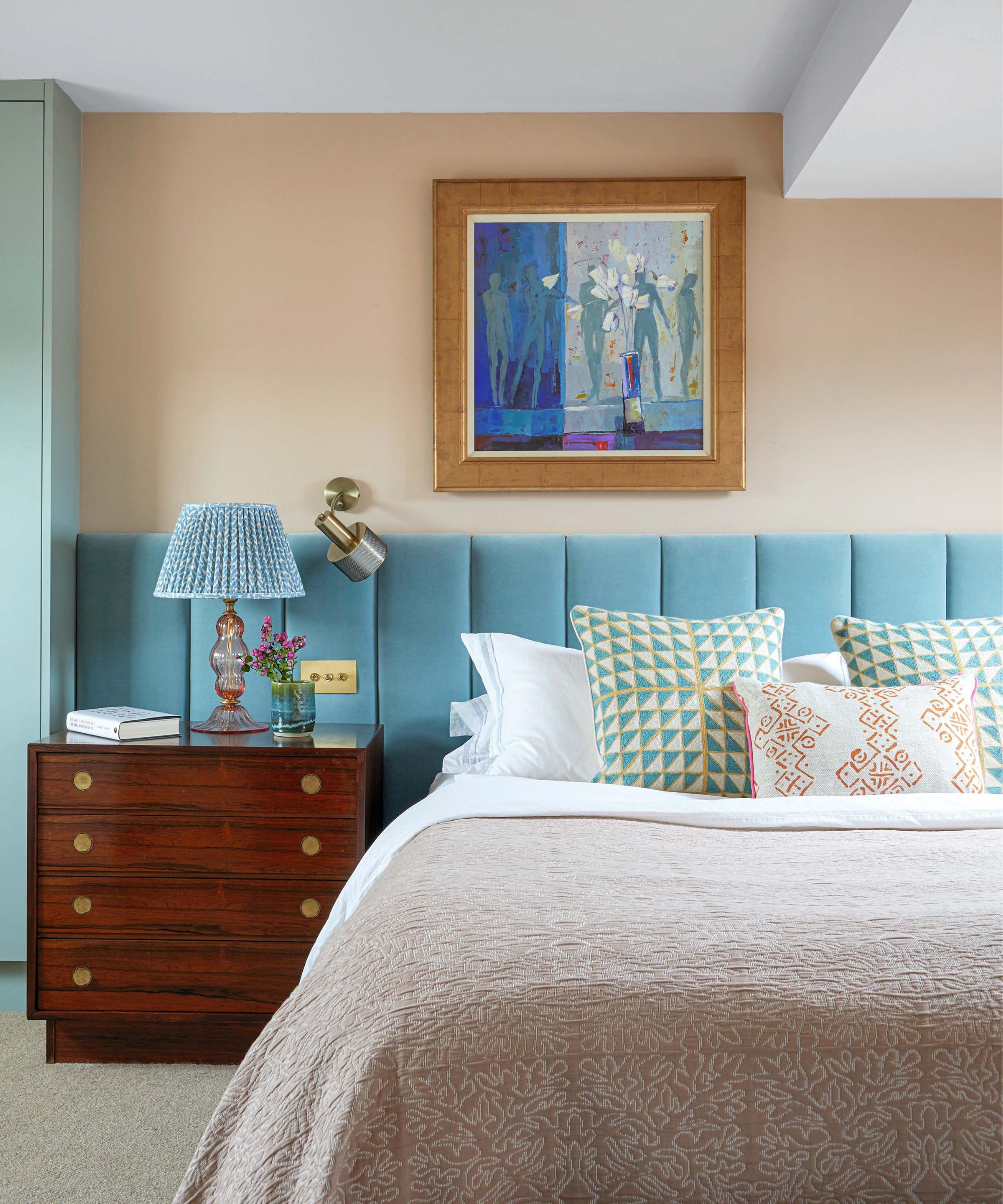
Once you start actively lessting, you will begin to notice items you haven't used in a while, or that you didn't know or remember you had. For each, Dilly recommends looking at the item, and thinking about how it makes you feel when you hold or see it.
'This can help you assess whether the item brings you a feeling of joy, sadness, or evokes no feelings at all,' she explains. 'If it doesn't spark happiness, or hold meaningful purpose, it might be time to let it go.'
You might even find that items have bad memories attached to them. 'I am a big proponent of getting rid of these items,' says professional organizer Tracy. 'Why keep that energy in your life? If something bad has happened, you aren't going to forget it.
'So, do you need the object to keep bringing the incident up? Everything in your home should be useful, or make you happy.'
For any items that don't spark positive emotions, or even any emotions at all, gather them in a storage basket or two as you go. Then, you can decide whether to donate or sell the decluttered items later down the line.
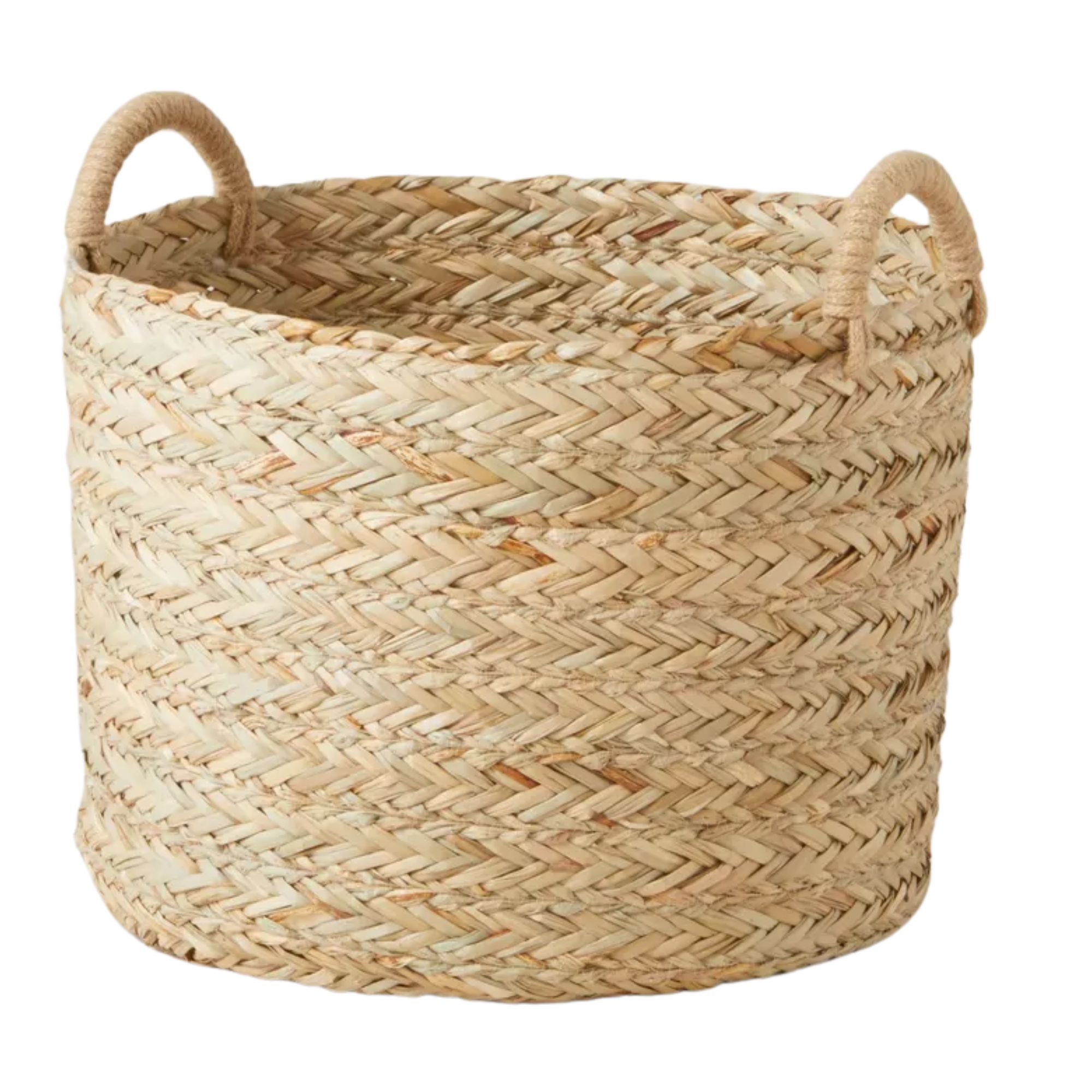
There's no reason that your lessting can't be done in style. This gorgeous storage basket will ensure the process doesn't cause an eyesore, with integrated handles to easily carry items to your car to drop off at the donation center.
4. Create clear sorting piles
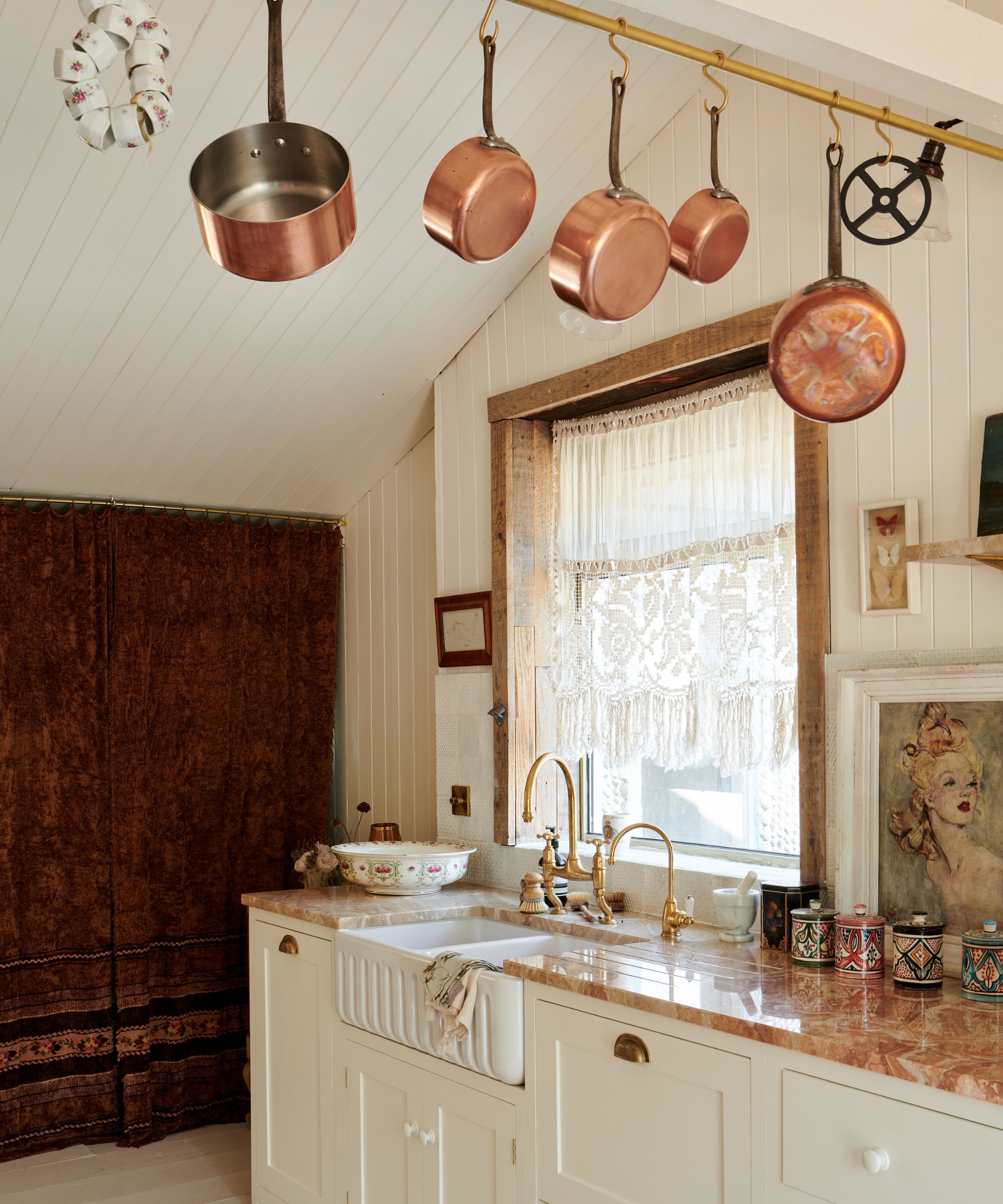
When tackling any tasks like organizing under the stairs or conquering the dreaded junk drawer, empty it completely onto a clear surface or area, particularly when dealing with sentimental items.
'It is better to use labeled bins or sticky notes to deal with sentimental items, and divide them into categories,' says Forrest Webber, owner at Bear Brothers Cleaning. 'Separate items to keep, and then those in good condition, that you are ready to donate or sell.'
This will help you to visualize everything you truly have, and help to determine what can move on to a better home, and out of yours.
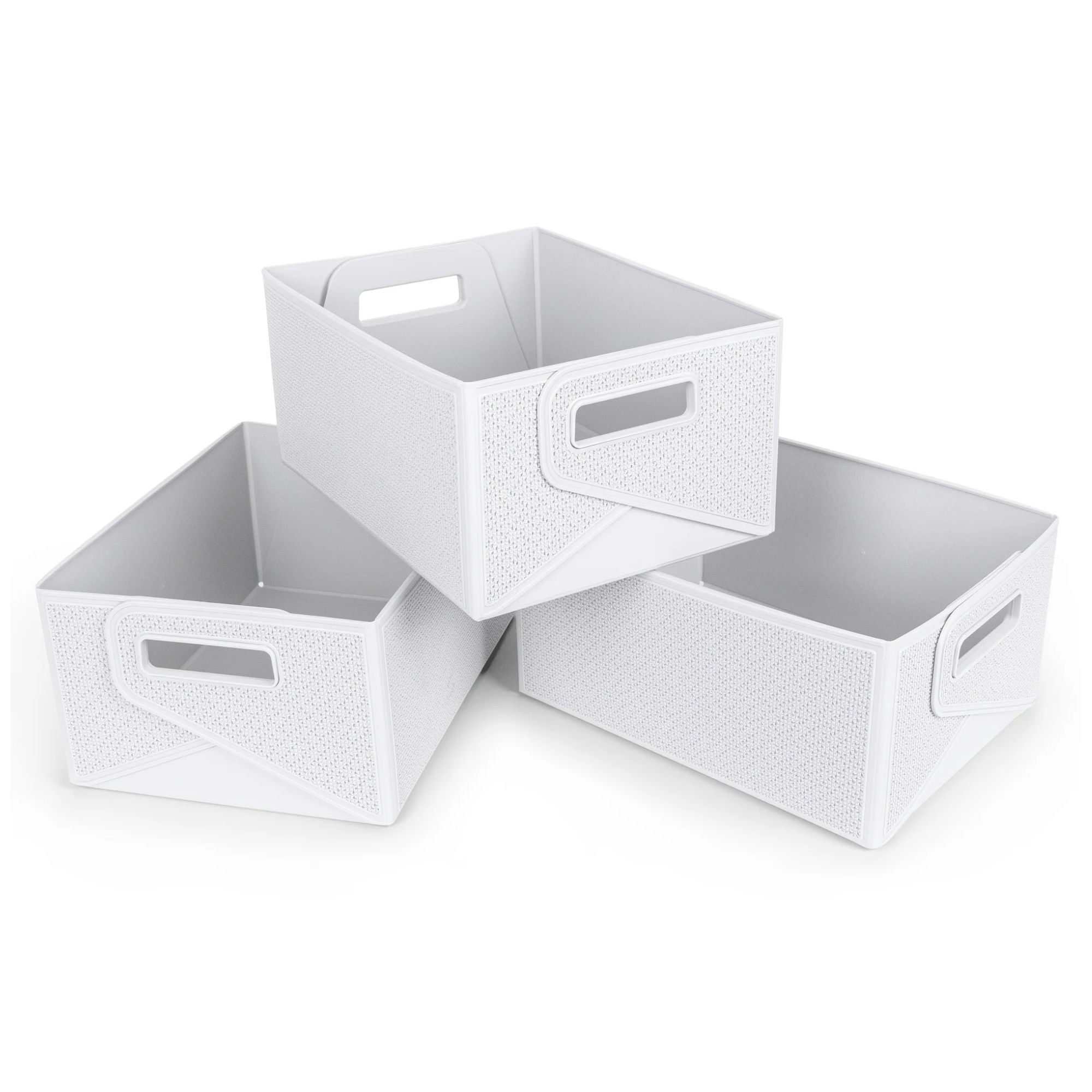
These three storage bins are everything you need to categorize when lessting. They're collapsible, so can easily be folded up and put away when no longer needed.
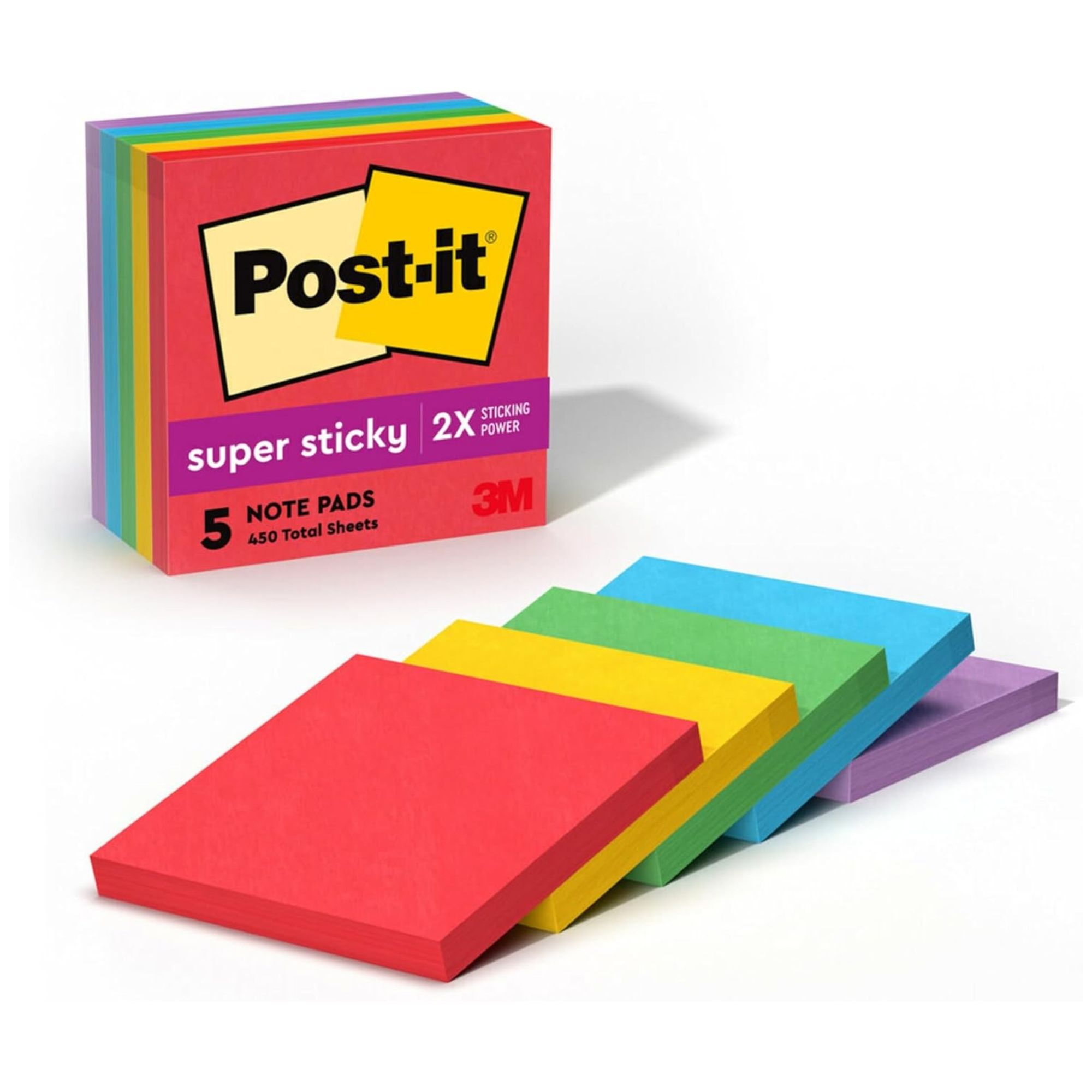
With two times the sticking power, these Post-it notes stick and re-stick, in six bright shades to boost your mood while sorting. Try the Post-it decluttering method to tap into your gut feeling about each item with.
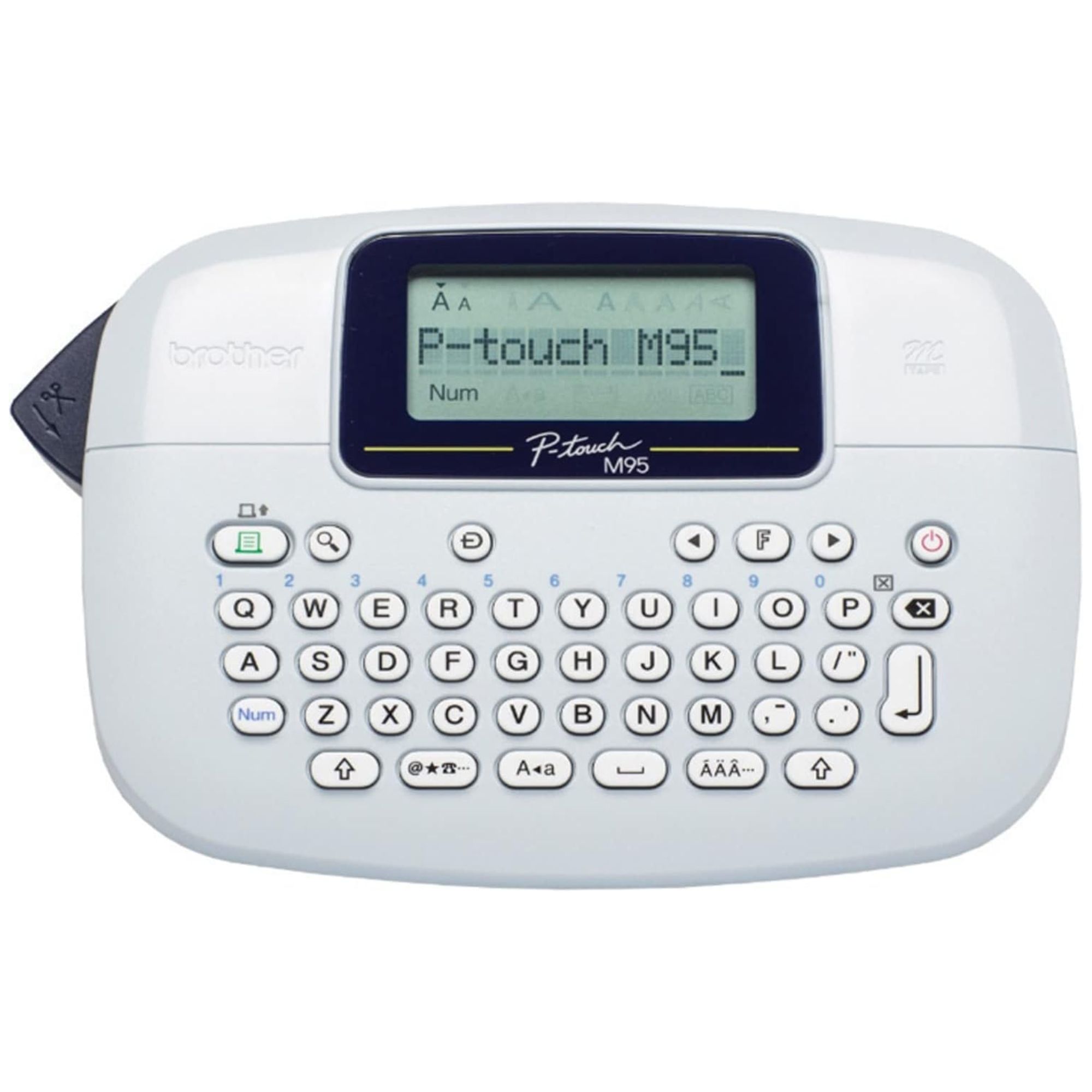
If you prefer a more permanent labelling solution, this label maker has nine type styles and is lightweight and portable, perfect for carrying around the house.
5. Limit duplicates of items
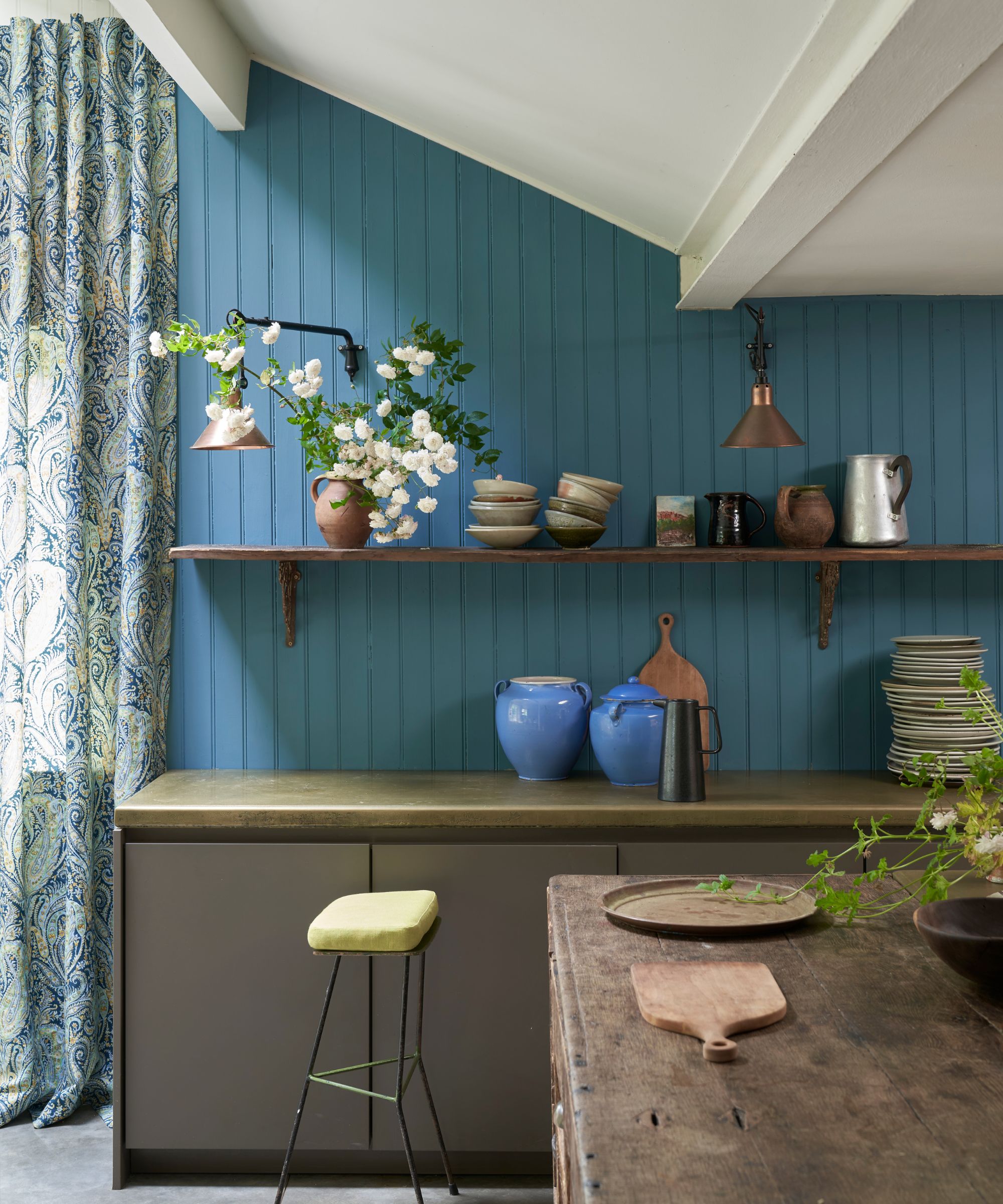
Another super easy way to clear clutter is to simply get rid of anything you have duplicates of.
Professional organizer Dilly recommends, 'Make a note of how many similar items you own, for example, how many cleaning products you have. How many mugs do you really need? Then, set realistic limits based on your lifestyle, and aim to keep a manageable number of essential items that you truly love or use daily.
'The cleaning cupboard is an easy area to overfill, so I'd recommend having five hero cleaning supplies, and using compact items like Dr. Beckmann's MAGIC LEAVES Laundry Detergent Sheets available at Amazon, which combine several products into one space saving pack.'
Then, apply the same concept to other spaces, and embrace the underconsumption trend to help declutter your home.
6. Have a plan for where items are going
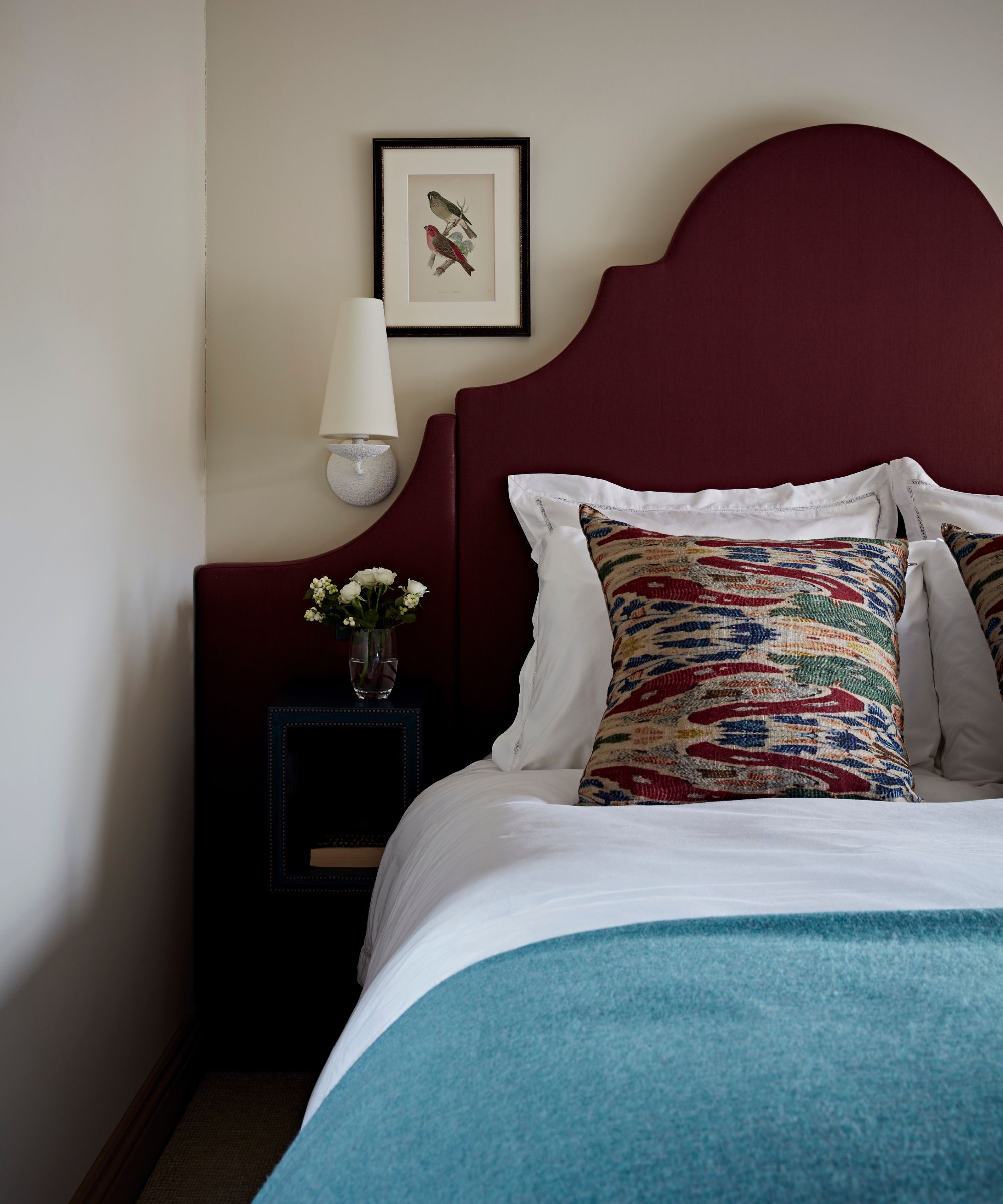
Once you've used the pile decluttering method to separate items into three categories, professional organizer Tracy advises that one of the biggest components that will lead to a successful lessting is to have an idea of exactly where things are going.
'If you know what you are doing with the items you are letting go of, it makes it so much easier to actually let go,' she says. 'Remember that dress that you lent to a friend, and it looked fantastic on her, but you took it back thinking you might wear it again? Well, a couple have passed and you still haven't worn it. Consider giving it to her.
'How about all that jewelry that you were going to leave to your grandchildren? If you aren't going to ever wear it again now, consider passing it along now. Now is the time to pass things along so someone else can enjoy them.'
Then, you can see them enjoying them, too.
7. Adopt the 'One in, one out' rule
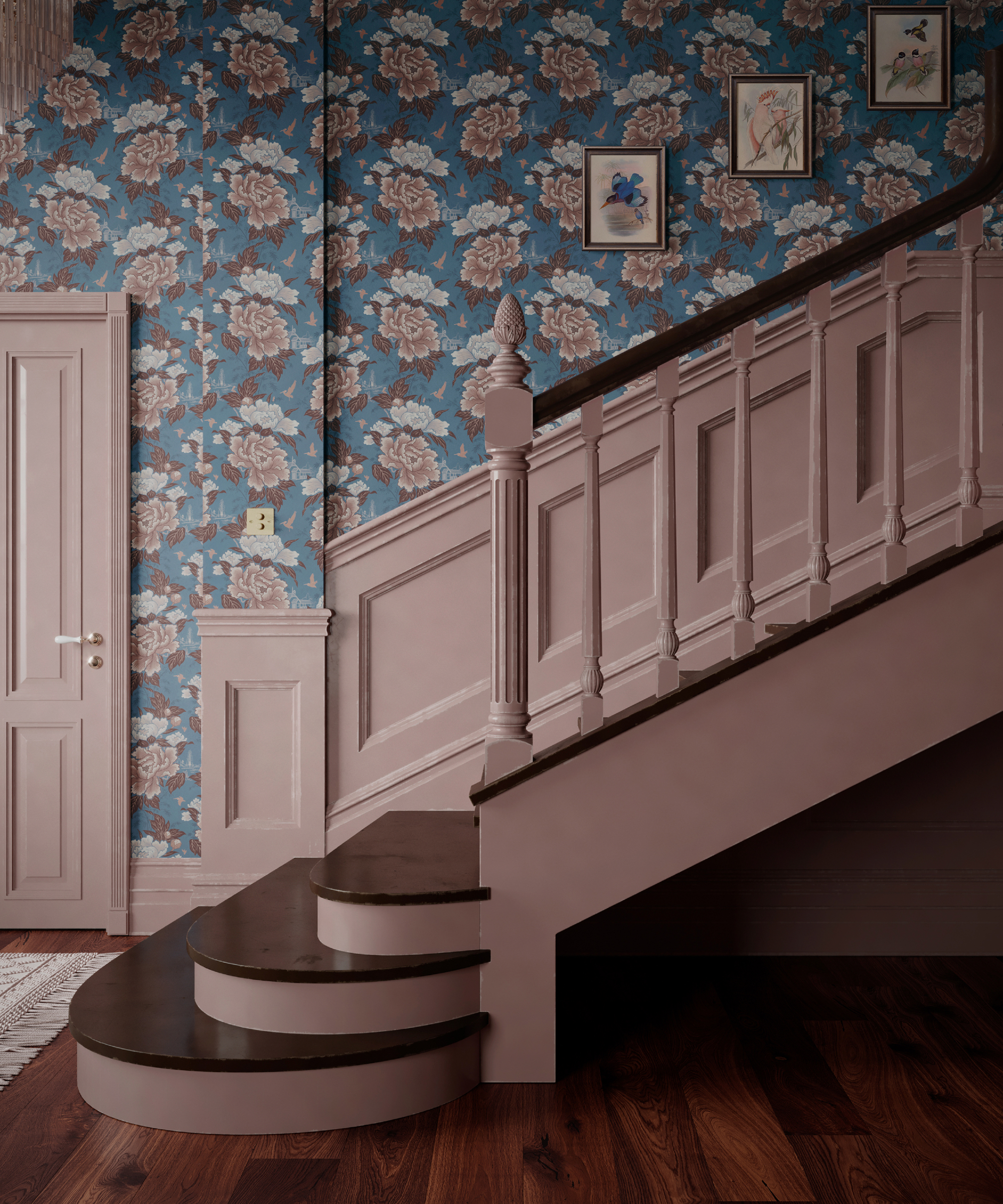
And finally, adopt the 'one in, one out' rule to prevent clutter from building up again.
'Make a habit of removing one item for every new item you bring into the home,' says professional organizer Dilly. 'This ensures you maintain balance, and avoid over-accumulation.'
Avoid keeping items 'just in case,' and be honest about whether you'll actually use something in the future.
This is one of the tidying tips and professional organizers swear by, and with good reason.
'As the saying goes, don't love something for what it was – love your home for what it is becoming,' adds cleaning expert Forrest Webber.
Incorporating these small yet effortless changes will help you combat signs you are losing control of clutter, and allow you to regain proud ownership of your home.
Sign up to the Homes & Gardens newsletter
Design expertise in your inbox – from inspiring decorating ideas and beautiful celebrity homes to practical gardening advice and shopping round-ups.

Ottilie joined Homes & Gardens last year, after finishing a Master's in Magazine Journalism at City, University of London. With previous contributions in Livingetc and Motorsport Magazine, she produces content for the Solved section on the website, focusing on clever tips and tricks to keep your home beautiful, organized and clean. She also has an undergraduate degree in English Literature and History of Art from the University of Edinburgh, where she developed a love for inspiring interiors and architecture.
You must confirm your public display name before commenting
Please logout and then login again, you will then be prompted to enter your display name.
-
 Josh Brolin’s maximalist living room: love it or hate it? Our readers were split, but where do you stand on this memorabilia-packed space?
Josh Brolin’s maximalist living room: love it or hate it? Our readers were split, but where do you stand on this memorabilia-packed space?Maximalism has a way of dividing opinions among design aficionados, and few spaces are quite as decisive as the actor's unique, yellow living room
By Megan Slack Published
-
 What is eco-brutalism? The naturalistic planting that pairs perfectly with brutalist design, and how you can get in on this emerging trend
What is eco-brutalism? The naturalistic planting that pairs perfectly with brutalist design, and how you can get in on this emerging trendThe angular concrete shapes of this modern architectural movement work beautifully when enhanced by natural planting for a softer edge
By Sarah Wilson Published
-
 'It's a fast reset button' – using the 1, 2 ,3 ,4, 5 decluttering method cleared my persistent mess in seconds
'It's a fast reset button' – using the 1, 2 ,3 ,4, 5 decluttering method cleared my persistent mess in secondsIt's easy, effective and so quick to do
By Ottilie Blackhall Published
-
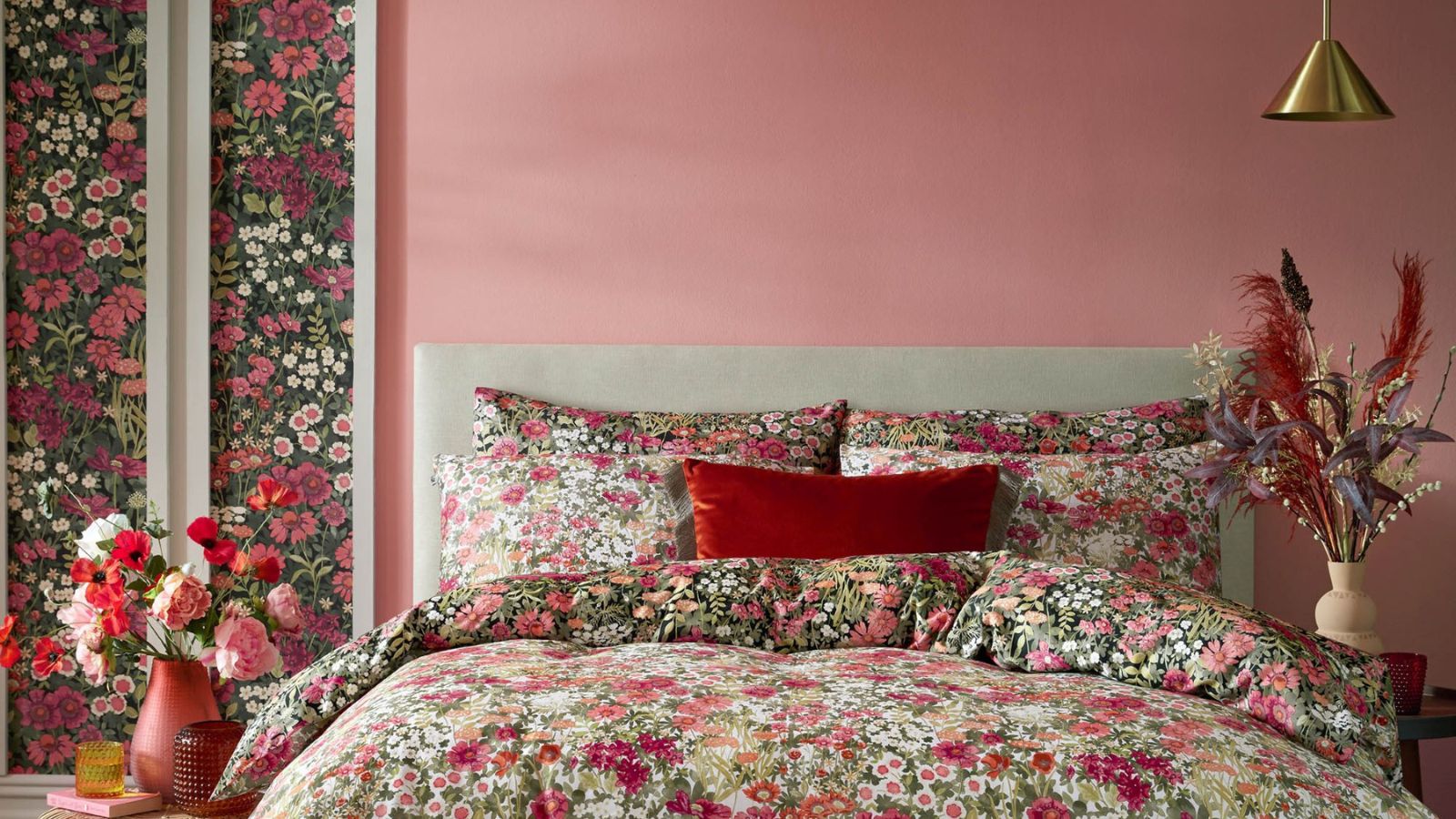 This simple closet swap doubled my cramped hanging space – professional organizers swear by it too
This simple closet swap doubled my cramped hanging space – professional organizers swear by it tooVelvet hangers have transformed my closet
By Eve Smallman Published
-
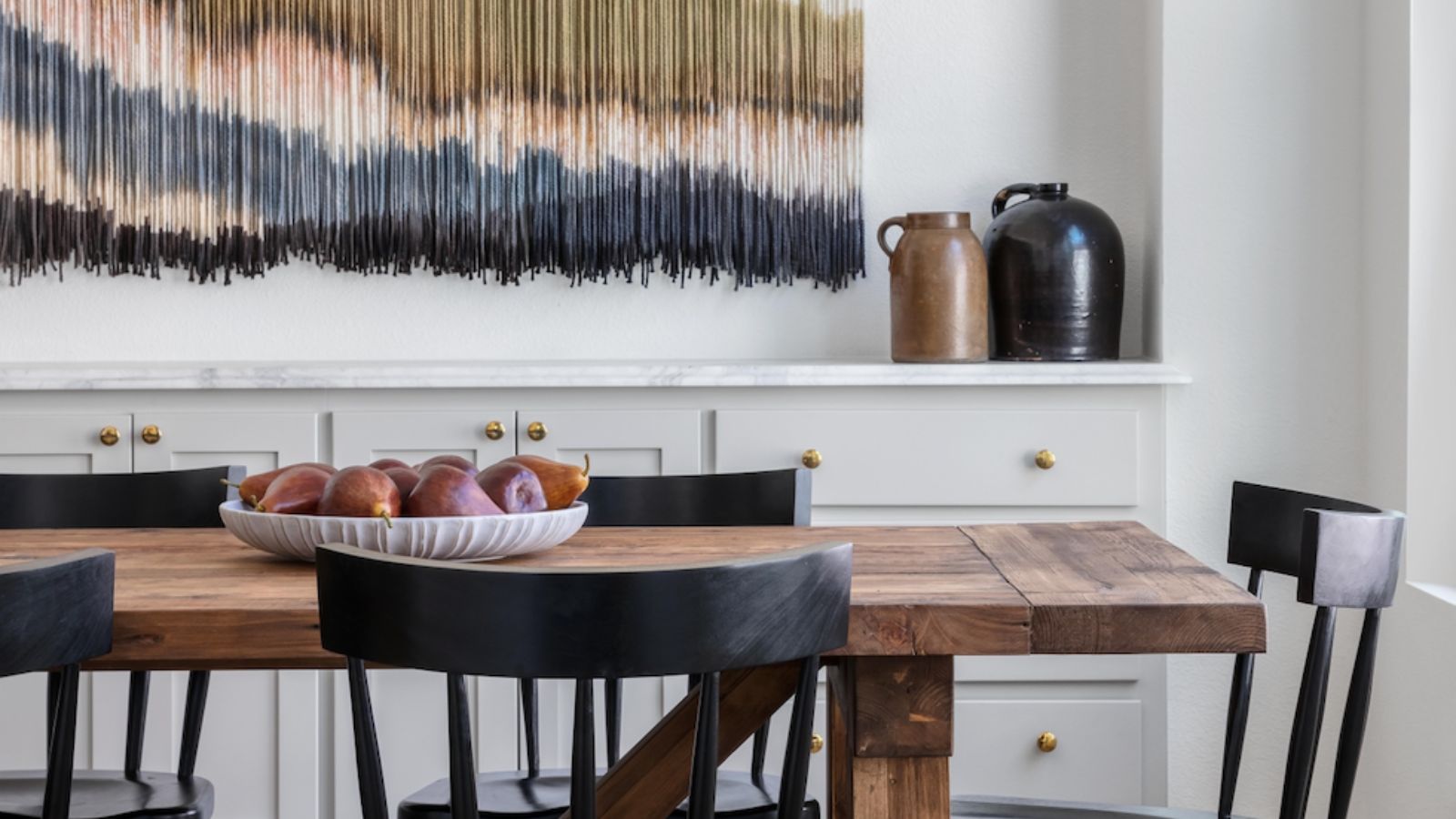 I tried the 'GFD' basket tidying trick ahead of hosting – it was a last-minute clutter-busting savior
I tried the 'GFD' basket tidying trick ahead of hosting – it was a last-minute clutter-busting saviorThis quick clean-up fall-back saved my game night
By Chiana Dickson Published
-
 I tried the 'Reverse Decluttering' method – it made clearing clutter in my small home stress-free, speedy and guilt-free
I tried the 'Reverse Decluttering' method – it made clearing clutter in my small home stress-free, speedy and guilt-freeIt's a simpler way to cut clutter
By Chiana Dickson Published
-
 'They all feel chaotic’ – 6 things that make a room look really messy and what to do for an instant lift
'They all feel chaotic’ – 6 things that make a room look really messy and what to do for an instant liftEasily make your home less stressful by fixing these common faux pas
By Chiana Dickson Published
-
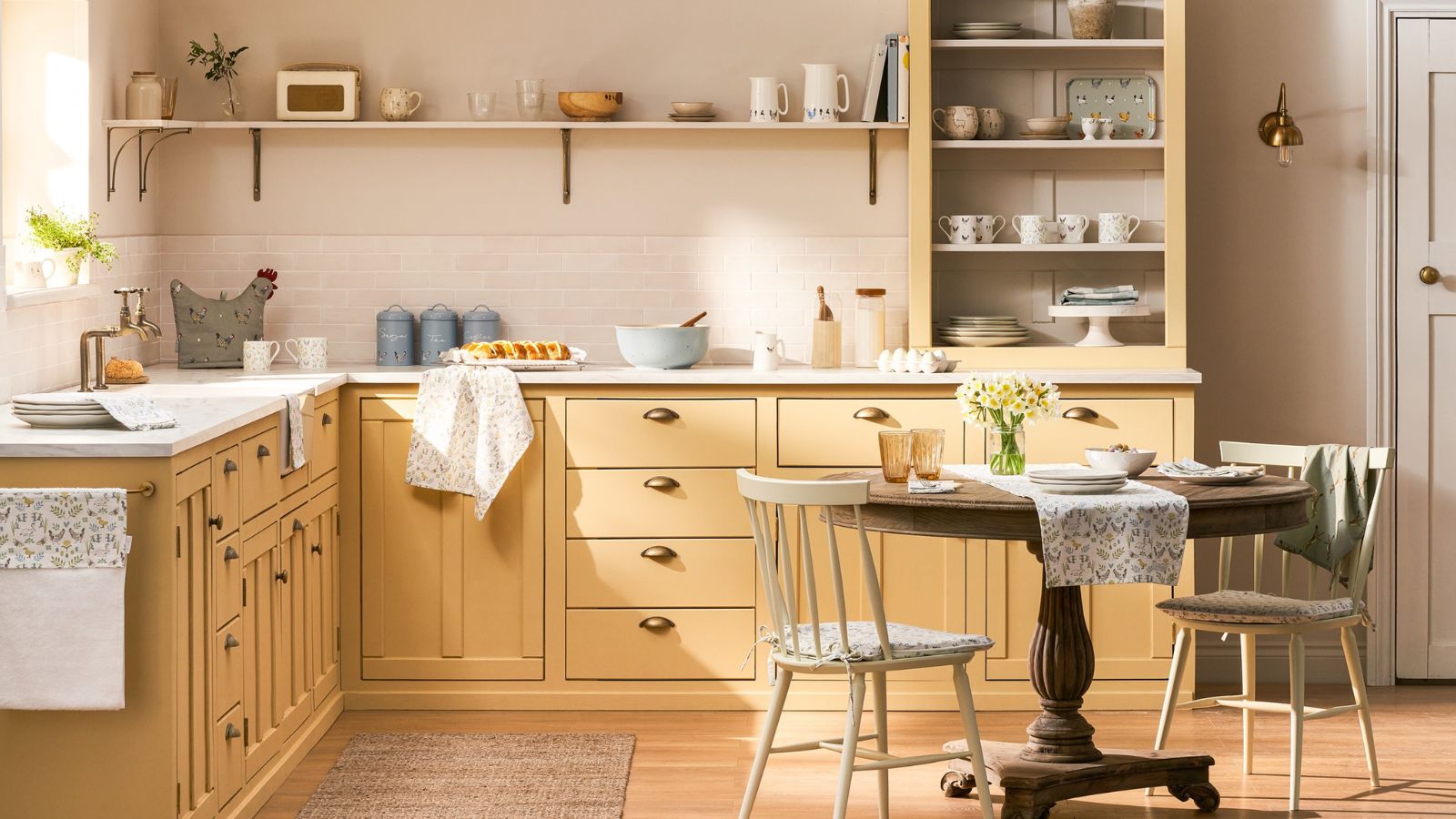 9 things you need to declutter in April 2025 – tossing these need-to-go items will maximize your space this spring
9 things you need to declutter in April 2025 – tossing these need-to-go items will maximize your space this springSay goodbye to winter clutter by clearing out lingering items
By Chiana Dickson Published
-
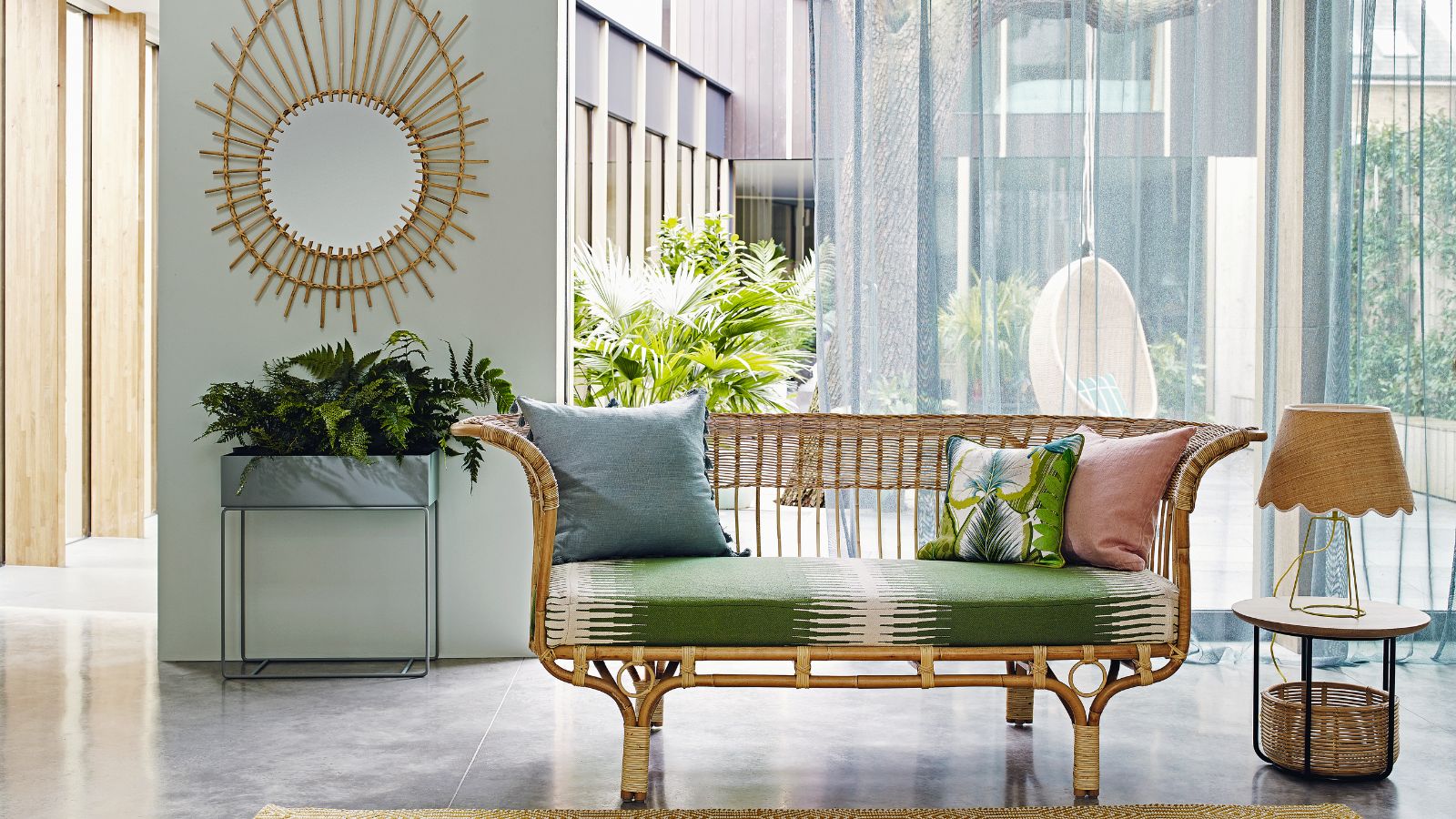 What is biophilic decluttering? This 'return to nature mandate' will transform chaos to calm at home
What is biophilic decluttering? This 'return to nature mandate' will transform chaos to calm at homeEven small changes will make a big difference
By Ottilie Blackhall Published
-
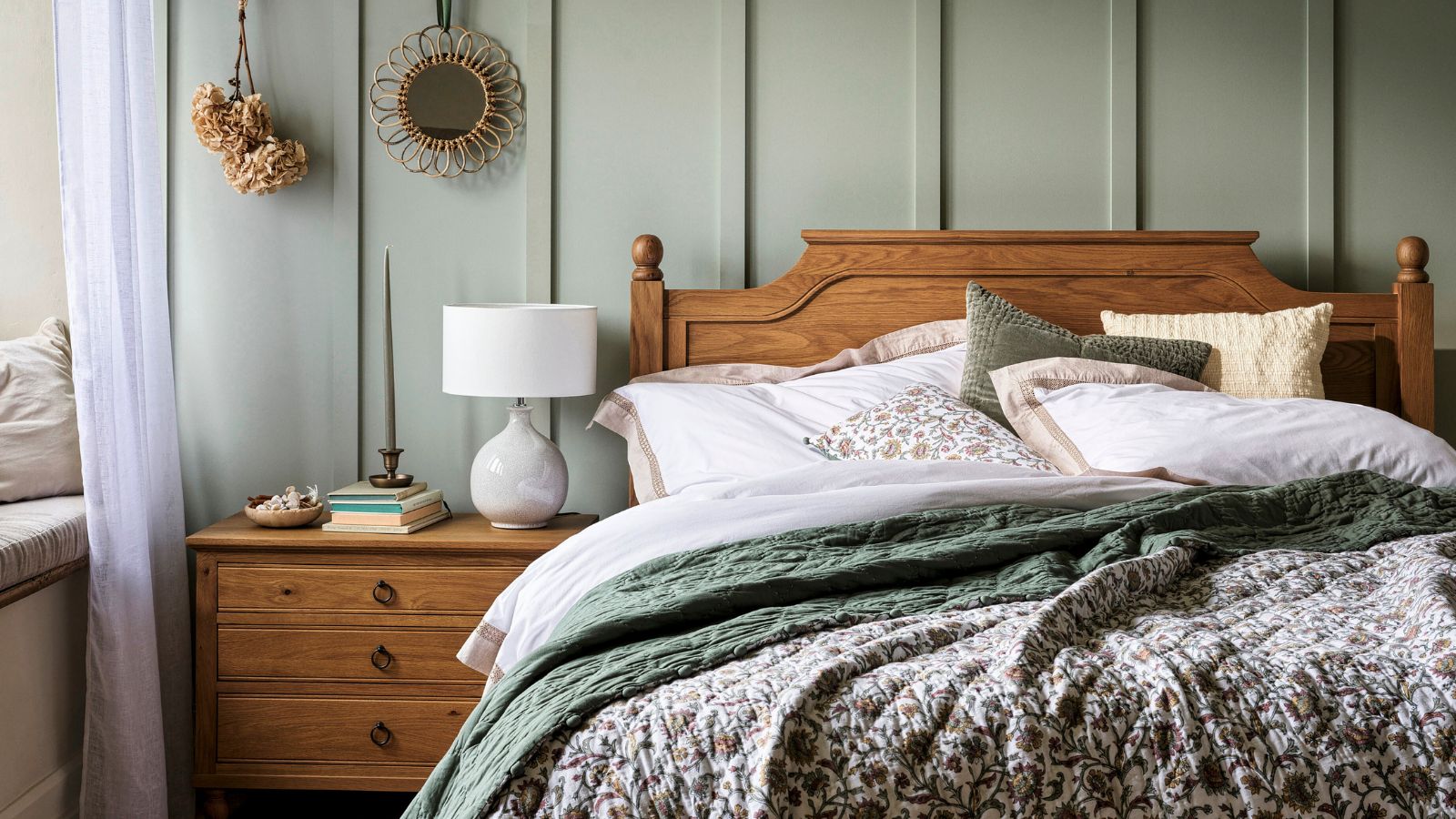 The 'Curated Clutter Method' is perfect for procrastinators – put an end to 'the all-too-familiar feeling of taking on too much'
The 'Curated Clutter Method' is perfect for procrastinators – put an end to 'the all-too-familiar feeling of taking on too much'It takes breaking items down into categories to the next level
By Ciéra Cree Published